You might have heard about a concept called job crafting. As experts, we talk about it a lot and the media are finally catching on. The pandemic gave us a flavour for personalising our jobs, we began to work with freedom and autonomy, like adapting when and where we worked. It shifted the working world on its head, opening up a huge opportunity to start crafting our job.
Job crafting is about making small, tangible and personal changes to our job to make it a better fit for us as individuals. There are 5 ways you can craft your job: skill crafting, task crafting, relationship crafting, wellbeing crafting and purpose crafting.
However, we recognise that making change is hard. New Year’s resolutions only have a 40% success rate. If setting goals and making change was easy, we would have a 100% success rate. To help you, we’re sharing a goal-setting template, created by our founder and job crafting specialist, Rob Baker.
Job crafting goal-setting template.
Rob recommends that you consider 6 different factors when developing and committing to a job crafting goal:
1) Goal - what is my job crafting goal?
Write down your goal as concise as possible. The clearer you are the better. Make your goal small so it can be achieved in under 10 minutes a day or an hour a week in total.
2) Significance - why is this goal important?
Articulate the reasons for setting a / your job crafting goal. This enables you to consider why this change matters to you, and will help tap into your internal motivations and values.
3) Trigger - what are my triggers?
Write down any triggers that are associated with your job crafting goal. These are physical or mental cues that remind you to act on your new job crafting habit.
4) Barriers - what are the potential barriers?
This requires you to reflect on your practicalities of the goal you are setting and the different hurdles which might prevent you from achieving your goal.
5) Reward - how am I going to reward myself?
Write down how you will recognise or celebrate the achievement of your goal. This can be anything you want. A cup of coffee, your favourite snack, a social media break, you choose! Each individual is different, therefore personalise your reward to something personal to yourself.
6) Accountability - who am I going to be accountable to? And how are we going to check in?
Identify an accountability buddy who you can share your goal with. This can be anyone, a colleague, a partner, your gran, whoever you like. Consider how you are going to check in with each other and this will get you to start planning and identifying opportunities to speak, which makes it more likely to happen.
Goal-setting example
Expressing gratitude to others.
Customer service manager Sue has felt a disconnect from colleagues whilst working from home and values human connection and making others feel good. She wants her team to know she values their efforts and wants to get others into the habit of giving positive feedback.
Goal: To express thanks to a colleague by email, phone or in person once a day.
Why? I value the contribution of others and recognise the importance of human connection and a team effort. It makes me feel good giving thanks to others and it makes them feel good too.
Trigger? I’ll set a reminder on my phone each day at 16:30 to remind me to send a thank you note.
Barrier? Some days there may not be clear opportunities to thank people, especially if working from home. On these days I will think of the wider benefits of my job that I appreciate.
Reward? The feel-good factor of saying thanks and the accomplishment of completing my daily target and ending the day on a positive note.
Buddy? My partner at home, I’ll tell her each night at dinner who I thanked that day.
Reminder! This goal-setting framework is not a check-list, you don’t have to complete every stage. However, evidence and research suggests the more areas you address the more likely you are to be successful in achieving your goal.
If you would like to learn more about job crafting you can read more here, or if you need some help with your goal please get in touch via email: [email protected]






































